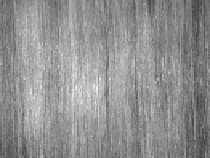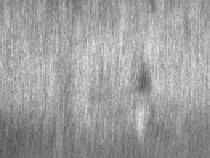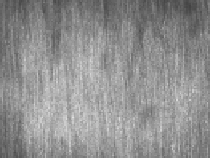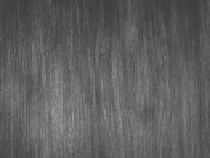Graphics Reference
In-Depth Information
(a)
(b)
(c)
Figure 8.50
Separation of direct and indirect lighting in human hair. (a) Original captured images.
(b) Separated direct illumination (c) Separated indirect illumination, including multiple
scattering. The color of light hair is almost entirely determined by scattering in the fibers.
(Courtesy of Shree K. Nayar, Columbia University.) (See Color Plate XIII.)
huge volume of data it involves. Modeling the tens of thousands of strands of
hair on a typical human head is no easy task either. Consequently, progress in
physically based hair rendering lagged somewhat behind other materials. Then
in 2002 something of a revolution in the subject occurred.
The key to achieving realism in hair rendering is the accurate representation
of light scattering. This has customarily been split into two problems: light scat-
tering in individual strands of hair, and light scattering within a hair volume.
The former is handled by a hair reflectance model; the latter is the more gen-
eral process of hair rendering. This section covers models of single-strand hair
reflection.
The oldest and most well known hair-reflectance model is the Kajiya-Kay
hair-reflectance model, presented in the SIGGRAPH paper entitled “Rendering
Fur with Three-Dimensional Textures” by James Kajiya and Timothy Kay [Kajiya
and Kay 89]. This model treats an individual hair strand (fiber) as an opaque
















